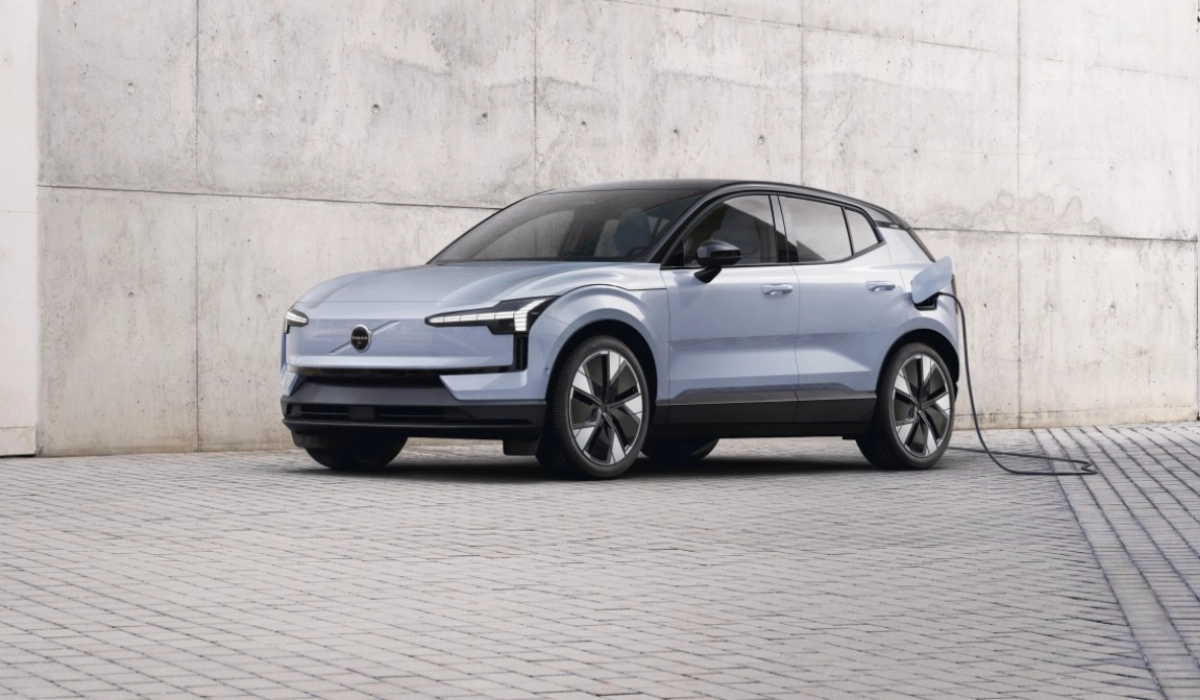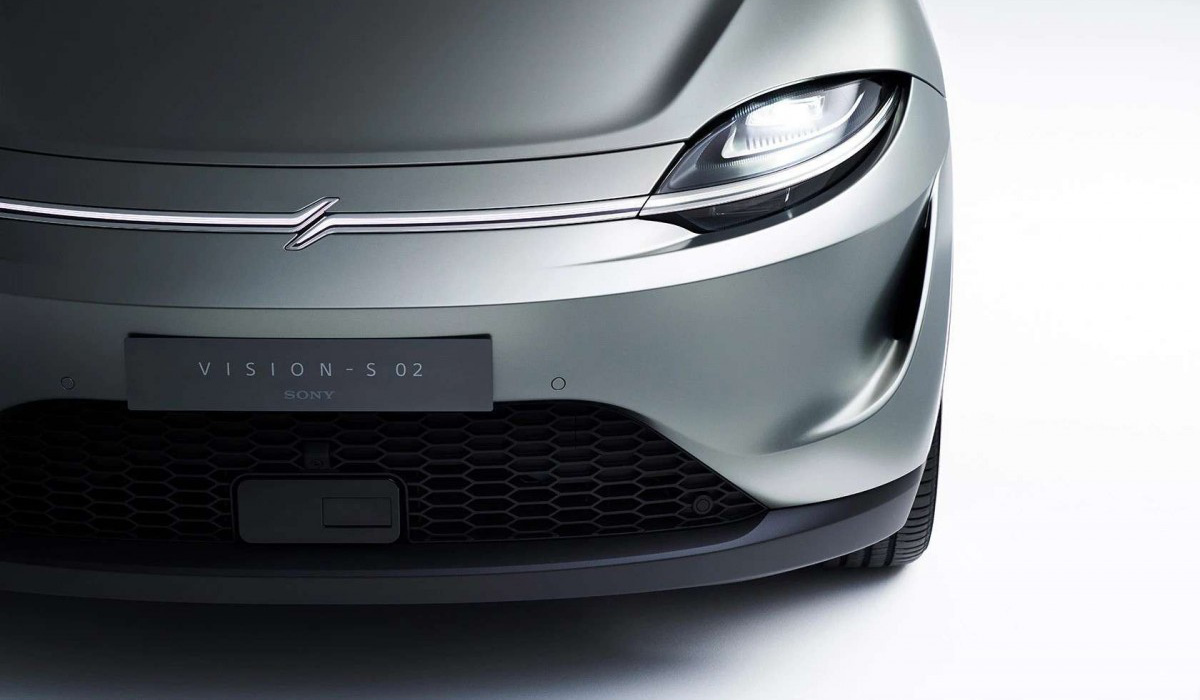Electric vehicles (EVs) have been gaining popularity in recent years due to their environmental benefits and cost savings. However, many people still have questions about how electric vehicle transmission works and whether they have gearboxes and clutches like traditional internal combustion engine (ICE) vehicles.
A common trait of EVs is that they have quick acceleration: the average EV city car goes from 0 to 60 mph in less than 5 seconds. The twin-motor performance Volvo EX30 does it in 3.4 seconds. Why are they so quick? You must wonder what kind of transmission EVs have. In this article, we will delve into the world of electric vehicle transmissions, exploring the different types and explaining whether or not EVs have gearboxes and clutches. So, let’s dive in and uncover the mysteries behind the transmission systems of electric vehicles.
Table of Contents
I. The Basics of Electric Vehicle Transmissions
When it comes to understanding electric vehicle transmissions, it’s important to first understand how they differ from ICE vehicles. In traditional vehicles, the transmission is responsible for transferring power from the engine to the wheels. It uses a series of gears and a clutch to adjust the speed and torque of the engine to match the desired driving conditions. This allows the vehicle to achieve optimal performance, whether it’s accelerating from a standstill or cruising at high speeds.
However, electric vehicles operate differently. Instead of relying on an internal combustion engine, EVs are powered by electric motors. These motors generate torque directly, eliminating the need for a traditional transmission system. This means that electric vehicles don’t require a gearbox or a clutch to function.

II. Types of Electric Vehicle Transmissions
While electric vehicles don’t have traditional gearboxes and clutches, there are still different types of transmissions that can be used in EVs to optimize performance and efficiency. Let’s take a closer look at these transmission types:
1. Single-speed transmissions: The most common type of transmission found in electric vehicles is a single-speed transmission. As the name suggests, this transmission has only one gear ratio. This simplicity allows for a more compact and lightweight design, which is beneficial for electric vehicles that prioritize efficiency and range. Single-speed transmissions provide a seamless and smooth driving experience, as there are no gear shifts or clutches to worry about.
2. Multi-speed transmissions: Although single-speed transmissions are the most prevalent in electric vehicles, some manufacturers have experimented with multi-speed transmissions. These transmissions have multiple gear ratios, similar to those found in traditional ICE vehicles. The purpose of a multi-speed transmission in an electric vehicle is to optimize efficiency and performance by providing different gear ratios for different driving conditions. However, the benefits of multi-speed transmissions in EVs are still being debated, as they can add complexity and weight to the vehicle.
III. How Electric Vehicles Achieve Smooth Acceleration without a Clutch
One of the concerns people may have about electric vehicles not having clutches is how they achieve smooth acceleration. In traditional vehicles, the clutch is used to gradually engage the engine with the transmission, allowing for a smooth transfer of power. So, how do electric vehicles achieve this without a clutch?
Electric vehicles achieve smooth acceleration through a combination of factors:
1. Instant torque: Electric motors generate maximum torque from the moment they start spinning. This instant torque allows electric vehicles to accelerate quickly and smoothly without the need for a clutch. The power from the motor is directly sent to the wheels, eliminating the need for a clutch to engage and disengage the powertrain.
2. Motor control: The motor controller in an electric vehicle plays a crucial role in achieving smooth acceleration. It regulates the power output of the electric motor, ensuring that it matches the driver’s input and the desired speed. By precisely controlling the motor’s power delivery, the controller can maintain a smooth and seamless acceleration experience.
3. Regenerative braking: Another factor that contributes to smooth acceleration in electric vehicles is regenerative braking. When the driver releases the accelerator pedal, the motor acts as a generator, converting the vehicle’s kinetic energy into electrical energy and storing it in the battery. This regenerative braking system allows for smoother deceleration and more efficient energy usage, further enhancing the overall driving experience.
To recap, electric vehicles do not have traditional gearboxes or clutches; they utilize single-speed or multi-speed transmissions to optimize performance and efficiency. The instant torque of the electric motor, combined with motor control and regenerative braking, allows for smooth acceleration without the need for a clutch. This simplicity and efficiency are key advantages of electric vehicles and contribute to their growing popularity in the automotive industry.

